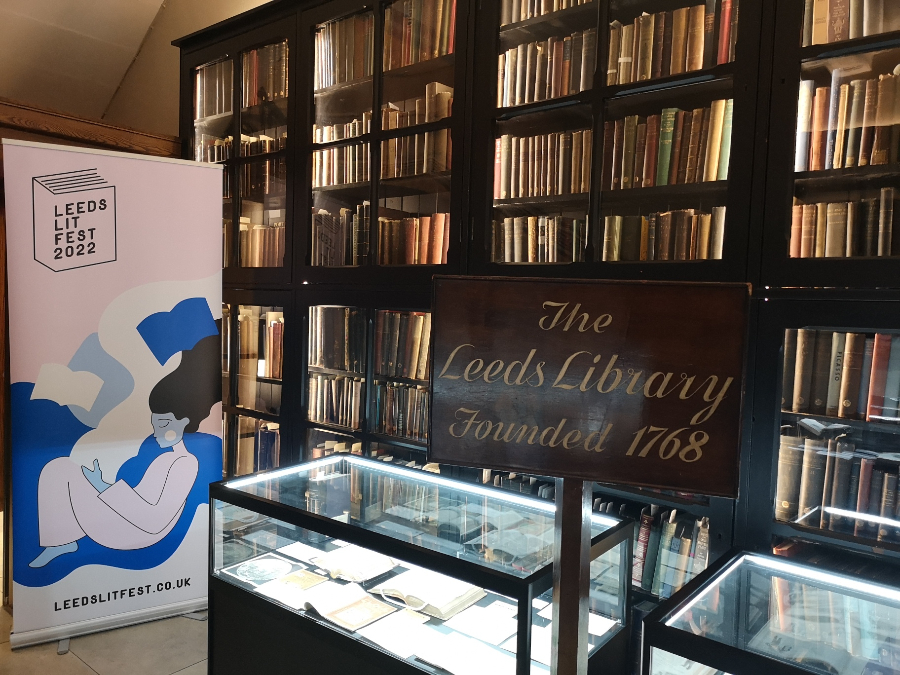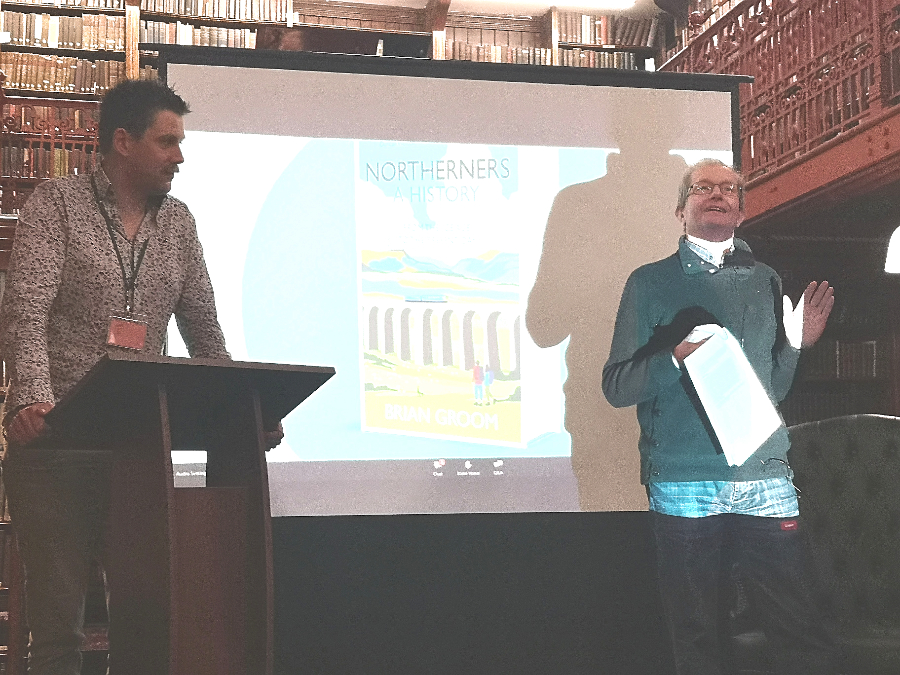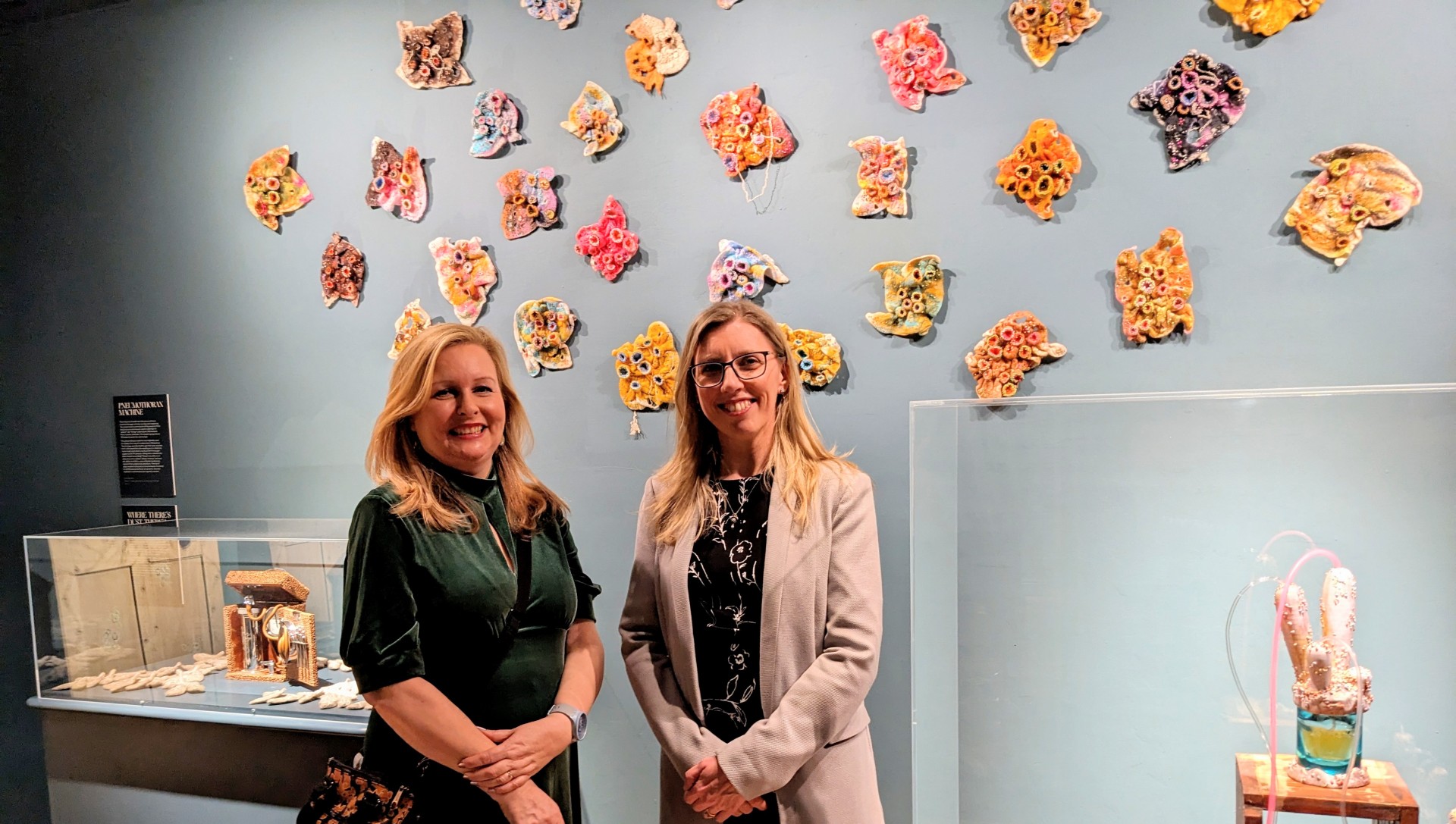On Thursday lunchtime, surrounded by rich brown shelving stacked with a temptation of books, Brian Groom took us on a journey through time.
The location was fitting. The Leeds Library was founded in 1768, and is the oldest surviving example of a subscription library in the British Isles. We were surrounded by Northern history,

Groom is a journalist and an expert in regional affairs. He has held various posts at the Financial Times, been editor of Scotland on Sunday, but his career started at the Goole Times. He clearly sees himself as a Northerner. Returning to his Northern roots in Lancashire after retirement, he decided to write about the history of the North.
His forty-five minute exposition of the history of Northern England for Leeds Literary Festival took us from the prehistoric to the present day. His whirlwind tour gave hardly time to pause for thought, but we were left in little doubt that the North has always been significant – even though this significance has not always been recognised.
As Groom pointed out, for many people the significance of the North began during the Industrial Revolution. I have never adhered to this view. You cannot visit Lindisfarne, Whitby or Fountains Abbey without noting the impact they had. However, there were a few gems here that made me realise I had underestimated the significance of the North.
Evidence of the largest animal ever to walk on British soil was found on Whitby beach. Alan the Dinosaur, named after Alan Gurr, who found the fossil, lived in Northern England at least 170 million years ago. Nearby, in Scarborough, the country’s oldest house, thought to be a hunting lodge, was found.
According to Groom, Cartimandua, Queen of the Brigantes, deserves to be as famous as Boudica. Cartimandua, also a 1st century Celtic leader, led the Brigantes, who were the largest tribe in Britain. Centred on what is now Yorkshire, she was able to keep her territory safe from Roman annexation for thirty years.
I was intrigued by Brian Groom’s description of the Kingdom of Northumbria. The Kingdom existed from the seventh to tenth centuries and had expanded to include Elmet, present day West Yorkshire. According to Broom, The Anglo-Saxon kingdom was Europe’s leading cultural and intellectual centre. The most significant power in Britain at the time, if it had continued we might now live in a northern-centric England.
History here was not just political. We were reminded of the great scientists and cultural figures who have come from the North. Perhaps the Industrial Revolution would never have happened without the likes of Richard Arkwright and John Smeaton.
Wordsworth, the Brontes and Gaskell were lauded as literary greats. Musical greats included the Beatles, Manchester Scene. Pulp and Arctic Monkeys. Whatever field you consider, it is clear that the North has produced great achievers.

Groom was conscious that he was speaking in Leeds. He reminded us that on different occasions, Charles Dickens had described Leeds as great and then beastly. Leeds Town Hall almost was given as an example of the formation of great Victorian cities. However, Groom reminded us that it had almost bankrupted Leeds, despite being a blueprint for other great buildings. The massive investment was something he put down to oneupmanship when the City of Leeds saw Bradford’s St George’s Hall.
At the end of his talk, Groom invited questions from the audience. In his responses, he explained motivation and the writing process. As a child, he had travelled across the North with his father, who was in sales. He had come to see the North as a whole. Given the frequency of debates about north-south divides, he was surprised how little has been written about the North as an entity.
He left us pondering what lies ahead for the North. He recognised the improving status of Leeds, but wondered what if the government will really diminish the north-south divide in their attempts to level up.
Northerners: A History, from the Ice Age to the Present Day, by Brian Groom, will be published on April 14th.
Photographs by Debbie Rolls.



